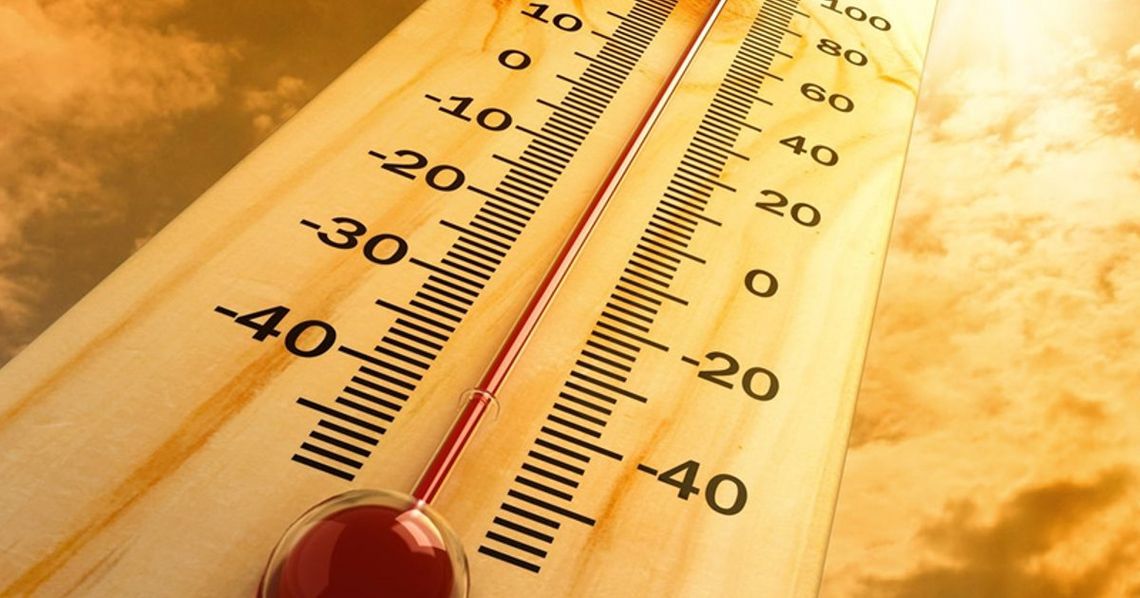Extreme Heat

Protect Yourself during Heat Waves
- STAY HYDRATED: Drink plenty of fluids (e.g., water, juice diluted with water, sports drinks without caffeine) without waiting to feel thirsty or as recommended by a doctor.
- KEEP COOL: Spend at least 2 hours a day somewhere cool (ideally with air-conditioning).
- LIMIT PHYSICAL ACTIVITY: From 10 a.m. until the evening, avoid strenuous physical activity outdoors.
At-Risk individuals
The following people are at greater risk of developing complications if exposed to heat:
- babies and children under 5;
- the elderly
- people with reduced autonomy or who live alone;
- people with reduced mobility;
- people who have limited contact with their friends and family;
- people with chronic illnesses or serious mental health problems;
- people with alcohol or drug abuse problems;
- people who work in physically demanding jobs or in the sun or outdoors; for example, construction and agricultural workers;
- people who work in environments where work processes generate heat, such as foundries or bakeries;
- people who exercise intensely outdoors in hot weather, or indoors in non-air-conditioned or poorly ventilated premises;
- people who do not have access to cool or air-conditioned areas;
- people taking certain prescription medications that may aggravate the effects of heat;
- people in poor physical condition or who are overweight;
- people who are ill with fever;
- pregnant women and their fetuses.
At-Risk Areas – Heat Islands
Certain environmental features increase heat-related health risks. For example, urban areas with a significant amount of asphalted surfaces, certain types of buildings, and scant vegetation can create what is known as the "urban heat-island effect." Heat islands can be up to 12°C hotter than other areas in the same region. There is a high concentration of urban heat islands in the various municipalities in Estrie.
If you live in an urban heat island, you are at greater risk of having heat-related issues.
Locate heat islands in Estrie. Vulnerable areas are identified in two sources:
Specific recommendations - Indoors
Recent evidence shows that maintaining an indoor temperature of 31 °C or more is dangerous for elderly persons, those with chronic diseases, and those with significant mental health disorders.
How do you lower indoor temperature?
In preparation for a heat wave:
- Install thermal curtains, roller shutters, or solar window films to block heat and sunlight.
During a heat wave:
- Keep curtains and blinds shut from 10 a.m. to 8:00 p.m. to block sunlight.
- Keep windows closed from 10:00 a.m. to 8:00 p.m. to trap cool air inside.
- Open the windows at 8:00 p.m. to allow cool air to flow in, and use fans to circulate the air indoors.
Is a fan effective at helping you cool down?
When the indoor temperature is very elevated, for an elderly person, a fan will be only minimally effective at lowering body temperature and at preventing heat-related health problems. It is recommended not to use fans as the main method to cool down when indoor temperatures are constantly at 31°C or above.
What if it’s too hot in my home?
- Use a digital thermometer inside your home to identify its coolest rooms (< 31°C).
- If there are no sufficiently cool rooms in your home, identify a place where you can go (e.g., to the home of a loved one) during the heat wave, especially if you are aged 65 or older or have a chronic disease or have a major mental health disorder.
Useful Links
- Adults and elderly people: It's Really Hot!
- Infants and babies: It's Really Hot!
- Athletes and active people: What to do when performing physical activity in the heat
- Workers: Beware of heatstroke! (Spanish version: Cuidado con los golpes de calor)
Are you a municipal or community actor?
Consult the intervention toolbox (French)
